
GPD WIN MAX 3 predictions: Envisioning the Next-Generation Handheld Gaming PC Laptop
The landscape of handheld gaming PC technology is evolving rapidly, and GPD consistently leads this charge. Following the formidable success of the GPD WIN MAX 2 2025, the recent debut of the GPD WIN 5 offered us a compelling glimpse into the formidable capabilities of AMD’s latest processors. This cutting-edge hardware, however, sparks new inquiries and exciting GPD WIN MAX 3 predictions.
We’ve received a significant hint regarding GPD’s future direction. In a recent IndieGoGo comment, GPD indicated that the upcoming GPD WIN Mini would not integrate the AMD Ryzen MAX+ 395 processor, citing the physical dimensions of the Mini’s compact frame as a limiting factor. Crucially, they also mentioned that a new GPD WIN MAX might come later.

This effectively confirms the development of a new device (why else would it be mentioned?), strongly suggesting it will be the “GPD WIN MAX 3.” Leveraging this insight, alongside the impressive performance exhibited by the GPD WIN 5, we can construct a speculative overview of what this groundbreaking handheld laptop might offer. These GPD WIN MAX 3 predictions aim to give you an early look.
The Moniker: Decoding ‘GPD WIN MAX 3’
Let’s begin with the designation. “GPD WIN MAX 3” presents itself as the most logical choice. It aligns with the established naming convention of its predecessors, yet it carries a clever dual significance. The “3” could also subtly reference the upcoming AMD processor lineup it’s anticipated to feature: the AMD Ryzen MAX+ 395 and MAX 385. This nomenclature is straightforward, impactful, and commercially sensible.
Design Evolution, Not Radical Departure: Form Factor Considerations
The laptop-inspired form factor is a signature trait of the WIN MAX series, skillfully blending portability with functionality. While the GPD WIN MAX 2 series set a benchmark with its 10.1-inch display, achieving a balance between ease of transport and a practical keyboard, the physical size of the WIN MAX 3 is now a focal point of conjecture.
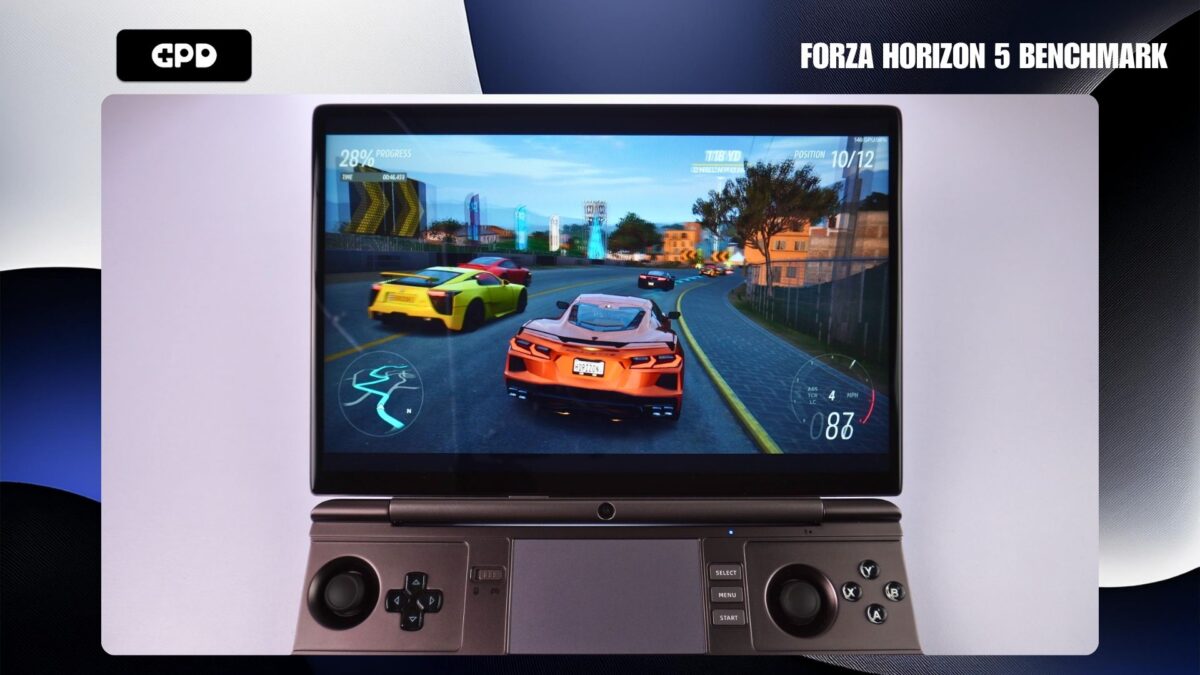
Could the GPD WIN MAX 3 be larger? Indeed, GPD might pursue one of two distinct paths: either refine the existing 10.1-inch design or seize this new generation as an opportunity for expansion. Opting for a more substantial 11.6-inch or 13.3-inch screen would necessitate a proportionately larger chassis.
Such an enlargement would yield considerable advantages for thermal management of the powerful new AMD chips and accommodating a larger battery. However, this would transition the device from a mini-laptop into a full-fledged ultraportable category. This hybrid construction has consistently positioned the WIN MAX series as a unique portable gaming computer. Our GPD WIN MAX 3 predictions suggest GPD will lean towards a larger form factor for these powerful new chips.
Converging Gaming and Productivity: Integrated Controls
Among the most appreciated attributes of the WIN MAX 2 were the metal covers designed to conceal the gaming controls. This ingenious design enables the device to seamlessly transform from a high-performance gaming handheld into a refined, professional-looking ultrabook in moments. We sincerely hope to see this functionality return. Users can anticipate the familiar arrangement: twin analogue sticks, a D-pad, standard gaming buttons, trigger & shoulder buttons on the back corners, a generously sized keyboard, and a responsive touchpad.
At the Core: The Proven Might of AMD MAX+
This core component is fundamental to the very existence of the GPD WIN MAX 3. The new AMD Ryzen AI MAX+ 395 (paired with its Radeon 8060S GPU) and the AMD Ryzen AI MAX 385 (with its Radeon 8050S GPU) are not merely projected to be performance leaders—they have already demonstrated it! Reading our GPD WIN 5 review, featuring these precise chips, highlights an extraordinary surge in performance.
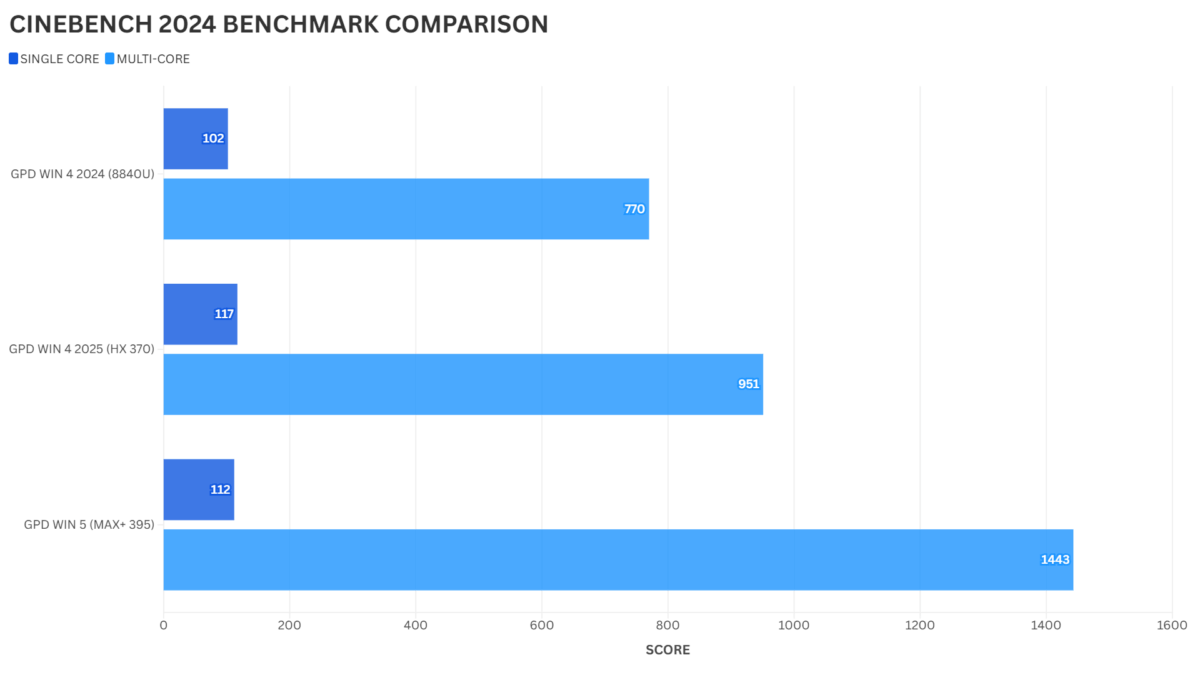
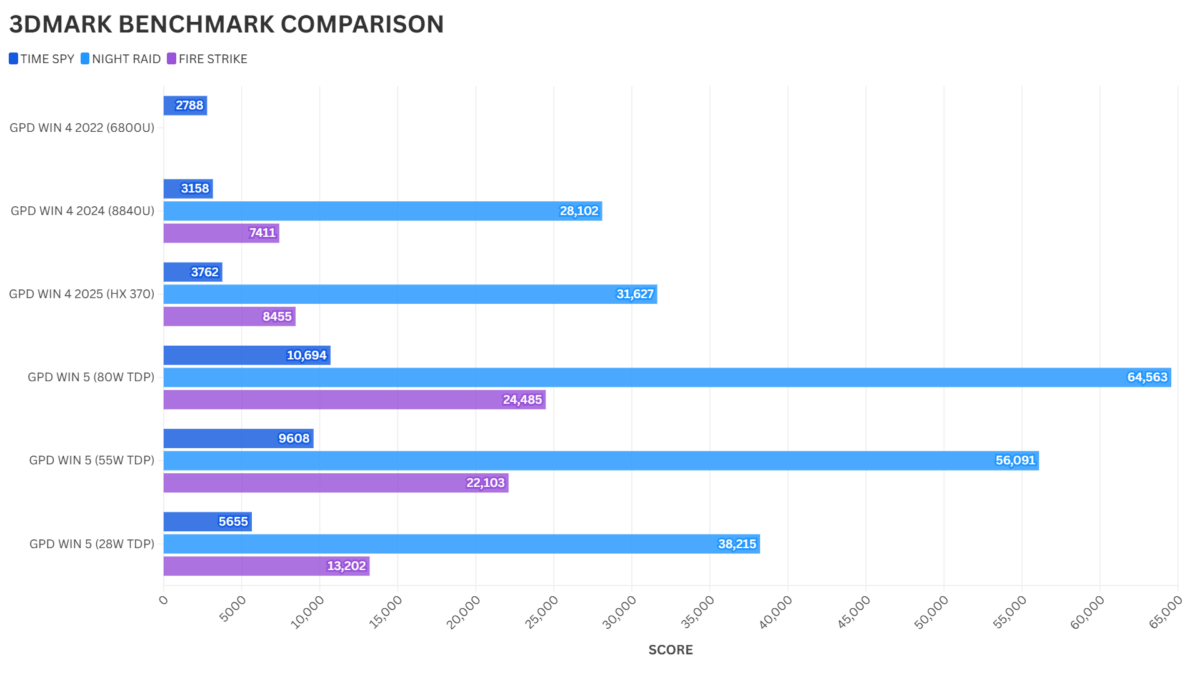
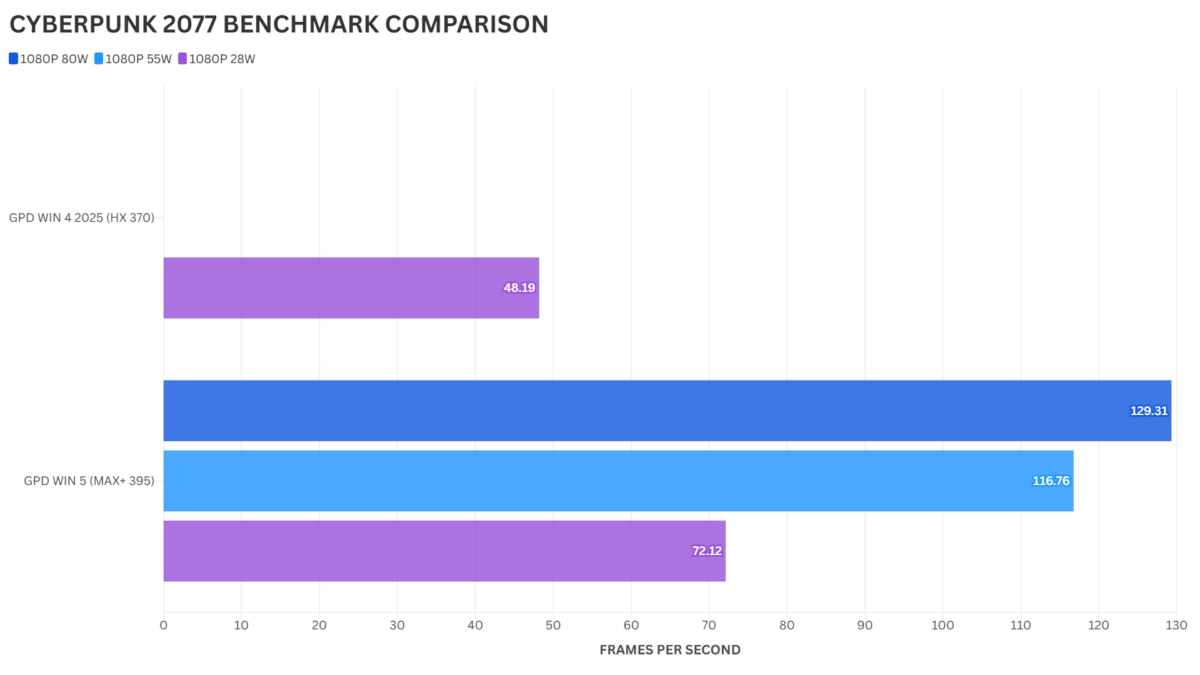
Operating at a mere 28W TDP, the MAX+ 395 delivers approximately double the performance of its preceding generation. When pushed to higher TDPs, the outcomes are astonishing: we observed a 168% performance leap in Cyberpunk 2077 and a 92% gain in Forza Horizon 5. On the CPU front, these new chips provide a substantial 51% enhancement in multi-core performance within Cinebench. The more spacious enclosure of a WIN MAX 3 would be an ideal environment for this silicon, ensuring the superior cooling and power delivery necessary to sustain this truly top-tier mobile gaming PC.
Visual Grandeur: High Refresh Rates & OLED Ambitions
The 60Hz display of the prior model was functional, but the performance demonstrated by the new AMD chips practically mandates a superior screen. The most straightforward enhancement would involve retaining the 10.1-inch size while incorporating contemporary specifications.

However, as previously noted, GPD might be planning something more ambitious. A transition to a larger, commonly adopted laptop display size, like 11.6 inches or 13.3 inches (reminiscent of the GPD Duo display), remains a distinct possibility. This would represent a transformative change, fostering a more immersive user experience and providing greater screen real estate for productivity.
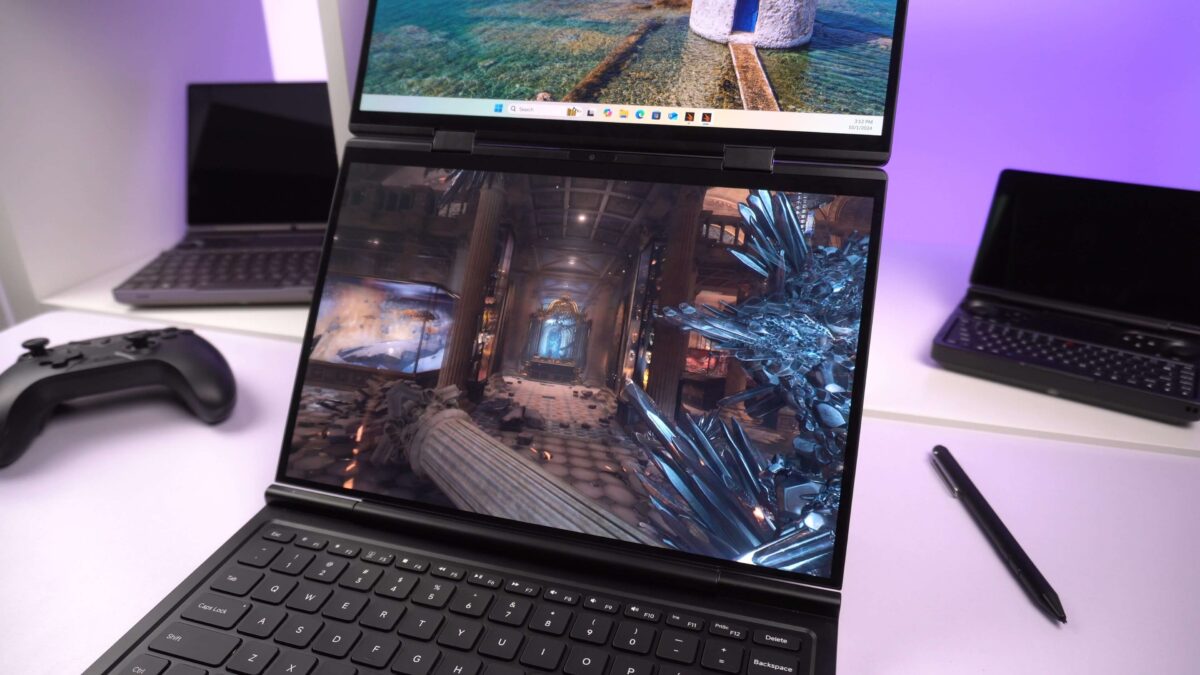
Regardless of the eventual size, we speculate the panel will offer a high-refresh-rate option (90Hz, 120Hz, or 144Hz) and a potential upgrade to OLED technology, a highly requested feature by many users.
Small Form, Expansive Storage: The New Mini SSD Standard
GPD has already embraced the new BIWIN Mini SSD format in their GPD WIN 5, making its inclusion in the GPD WIN MAX 3 almost a certainty. This innovative standard facilitates high-capacity NVMe storage within a minuscule footprint. In the WIN 5, we observed read/write speeds of around 1,700Mb/s using a single PCIe lane, though the specifications support two lanes for up to 3,800Mb/s. Further details on this can be found in our BIWIN Mini SSD review.
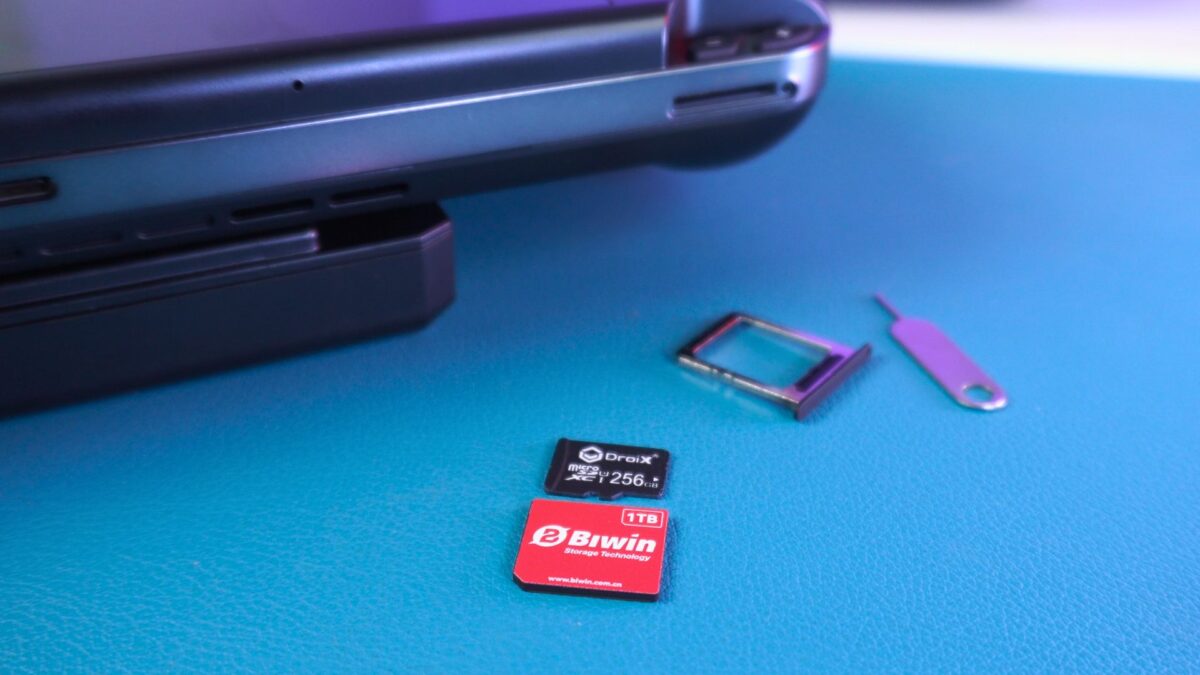
Previous models featured a secondary SSD slot on the bottom for storage expansion. By removing this slot and utilizing the Mini SSD, valuable internal space is liberated for other components, such as a larger battery or a more advanced cooling system for this compact gaming PC.
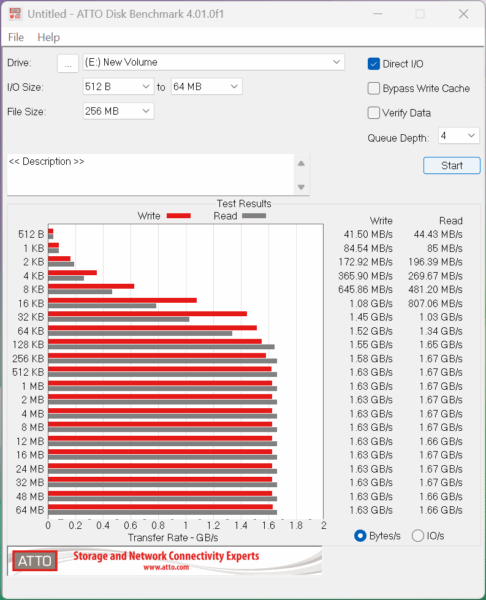
Powering the Powerhouse: Integrated Battery & High-Wattage Charging
The GPD WIN 5’s external, modular battery proved to be a point of contention. For the WIN MAX 3, we fully expect a return to a conventional, high-capacity internal battery. The laptop form factor and expanded chassis naturally provide ample room for such an inclusion.
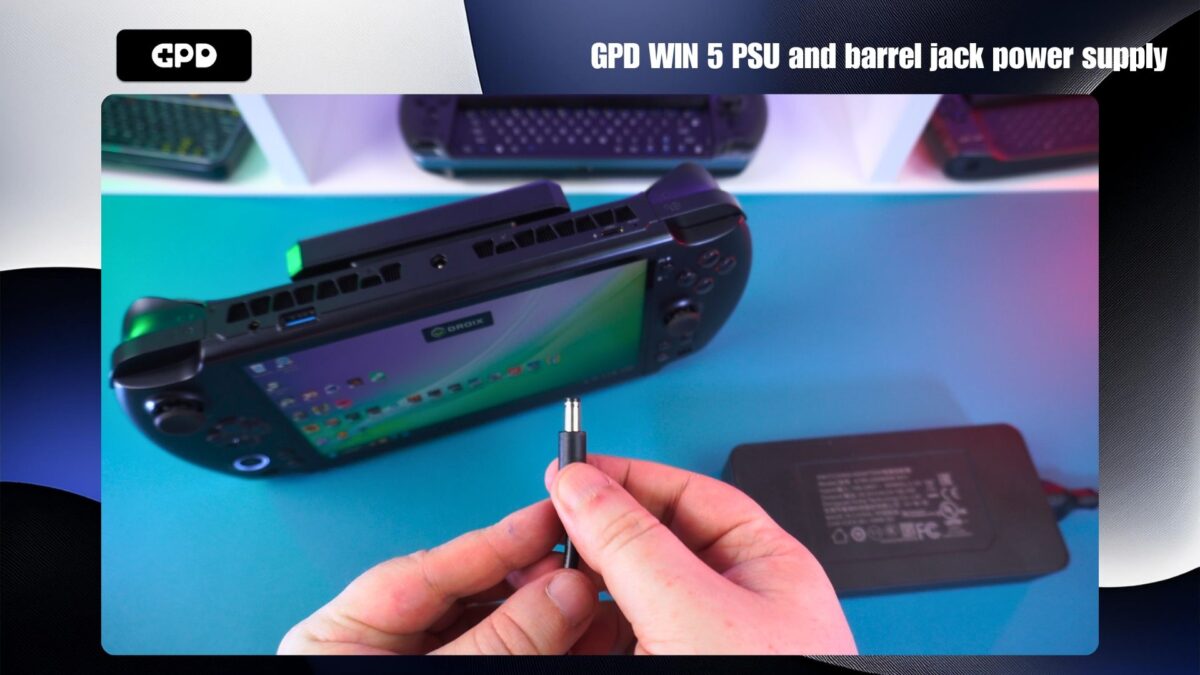
Nevertheless, one characteristic it will likely share with the WIN 5 is the demand for a high-wattage power supply. The new AMD MAX+ APUs are energy-intensive when operating at peak performance. To run at their full potential (akin to the 80W+ TDP observed in the WIN 5), a dedicated DC-in power brick will almost certainly be required.
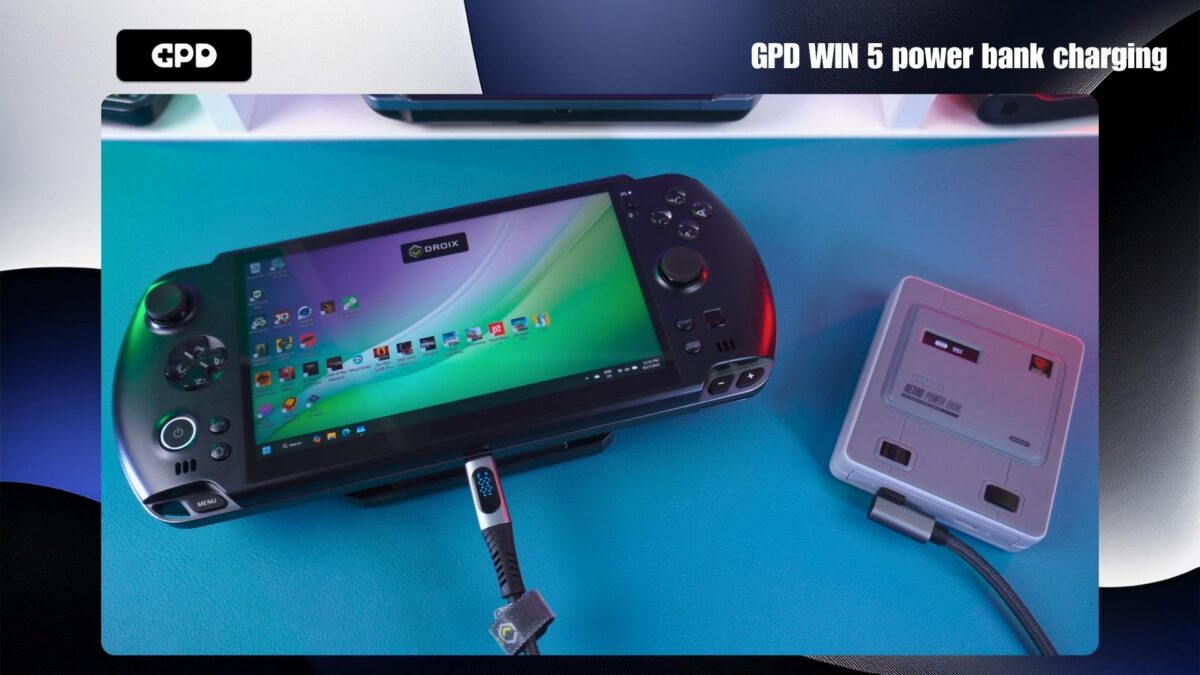
We also expect support for charging via its USB 4 port, although this might be capped at the 100W of the standard Power Delivery 3.0 protocol. The inclusion of the newer PD 3.1 standard (enabling 140W or more) would be an exceptional, premium feature. These are our power-related GPD WIN MAX 3 predictions.
OCuLink: Essential or Redundant?
This presents the most intriguing dilemma. GPD has historically been a strong proponent of the OCuLink port for external GPUs (eGPUs). However, our tests on the GPD WIN 5 revealed that its integrated Radeon 8060S GPU (at 80W) already outperforms the AMD Radeon 7600M XT found in the GPD G1 eGPU.
Considering that the integrated GPU is already more powerful than previous-generation eGPU solutions, will GPD deem the OCuLink port unnecessary? Or will they retain it for dedicated enthusiasts who wish to connect this handheld gaming computer to even more potent, next-generation desktop graphics cards? Given the “MAX” designation implies maximal features, we lean towards its continued inclusion.
Additional Features and Speculative Enhancements
Beyond the core specifications, what else might GPD integrate? A full-sized HDMI port for straightforward connectivity to a TV or monitor appears to be a certainty, as it was a staple in preceding WIN MAX models.
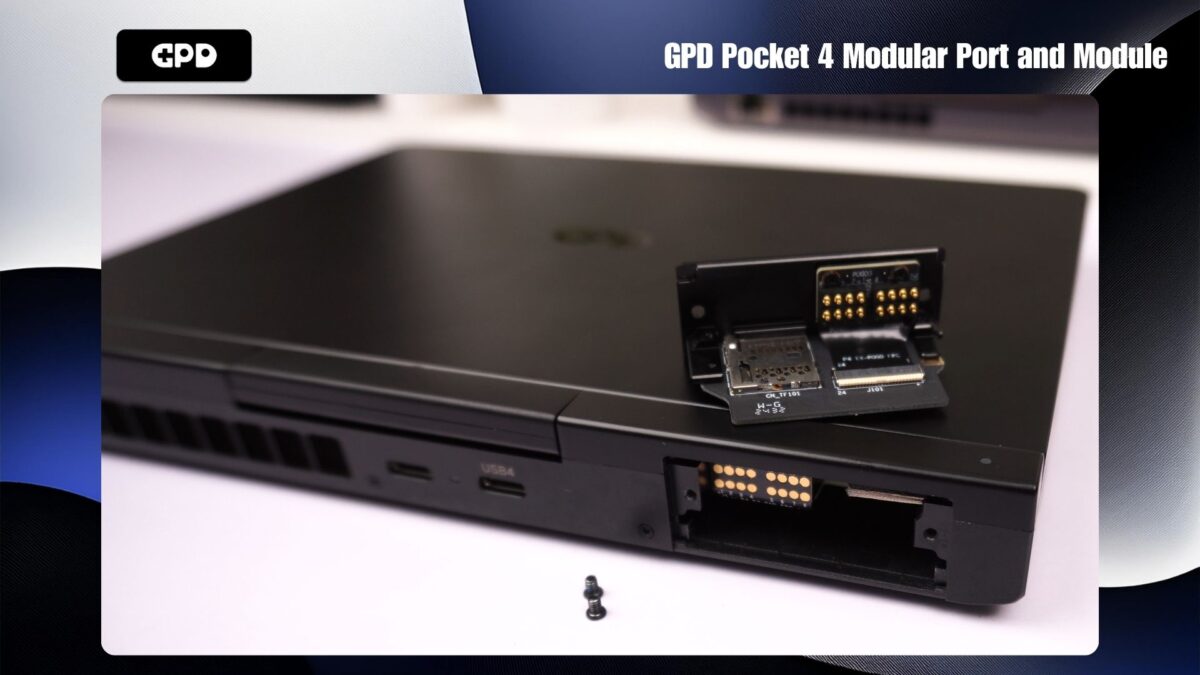
Here’s a dose of pure conjecture: what about a modular port? GPD has explored this concept before, notably with the GPD Pocket 3 amongst others. A swappable module could enable users to add specialized I/O like an RS-232 port (for industrial applications), a KVM, an additional USB port, or even a 4G/5G SIM card slot. Liberating the space previously occupied by the 4G module in older models would create more internal capacity for an enhanced battery and cooling system.
Another exciting possibility, evident in devices such as the GPD Pocket 4 and GPD MicroPC 2, is a 2-in-1 convertible function. A display that swivels to transform the device from a laptop into a robust tablet would be an outstanding addition for media consumption and versatile on-the-go usage.
Your Thoughts: What Do You Hope for in the GPD WIN MAX 3 predictions?
Naturally, all of this remains informed speculation until GPD issues an official announcement. But the performance of the GPD WIN 5 has established a clear and thrilling foundation for what’s anticipated from the next great portable gaming PC.
What are your thoughts? Do our predictions align with your own expectations? What are your “must-have” features for your ideal GPD WIN MAX 3? Would your preference be a 10.1-inch OLED display or a larger 13.3-inch 120Hz panel? Is the OCuLink port still a decisive factor for you, even with the new GPU’s inherent power? Let us know your thoughts in the comments section below!
12 comments
Leave a Reply
Your email address will not be published. Required fields are marked *


Absolute essentials for Win Max 3:
– allow double sided m.2 2280 SSDs to enable 8TB drives.
– maintain m.2 2230 SSD in secondary slot; BIWIN Mini SSD format is not appropriate here
– maintain digitizer, do NOT regress to capacitive touch screen
– maintain cellular option
Nice to haves:
– swivel screen
– internal stylus slot (please!)
– black color shell toughened ABS / magnesium body
– field swappable battery
Sizing
– 10.1″ ideal for portability and usability. Had 8″ and 7″ GPDs and OneMix comptuers. Both very good but the utility does drop with screen size. 10.1″ is the sweet spot for most heavy applications.
– 11″ maximum as it almost hits the upper limit of that extra portability
– 13″ forget it. Then GPD are competing with mainstream laptops and diving into an uber competitive space.
Agree with 10.1″ and definitely 11″ as the maximum size display. The BIWIN Mini SSD should be added in my opinion. Its a very fast, portable small storage that we would love to see more mainstream use of.
Form factor is the #1 most important thing to me. Reversible screen, thumbsticks that click out for more height when using them, and an excellent 1st party grip would be awesome. Getting rid of that purple tinted color would be important too. The win max 2 is just impossoble to use for too long without wrist pain.
Some good suggestions there.
From a successor perspective, form factor trumps features – the USP that creates demand is the form factor, size, and Oculink.. which has created a hand-held that is travels everywhere with me, and is powerful enough to replace a large workstation.
10-11 inch works for this.. any larger it loses that USP, and steps is a saturated market.. where people are more inclined to look closer to home, such as the HP, as it guarantees local support.
The larger form factor isnt confirmed and just an opinon from us. We could see it going larger but this could affect how suitable it is as an handheld.
From my point of view 10 or max 11″ screen is optimal – this is a gaming console to seat on a couch and play not a desk laptop. Occulink – I see more “options” with 5G or bigger battery. 160W charging is a nice update (hope this will be enough to full power the device). OLED would be nice.
A larger battery is always welcome. I still believe we may see a larger display as mentioned in the article, it will allow for improved cooling and an internal battery.
All benchmarks verify that oculink still remains faster than even thunderbolt 5 for maximum external GPU (eGPU) performance due to lower protocol overhead. OCuLink provides a more direct PCIe connection, resulting in higher bandwidth and lower latency, whereas Thunderbolt 5’s convenience comes at a slight performance cost. Ultimately, OCuLink is the performance leader for those who can use it. The internet is full of such benchmarks verifying this. Considering that running local AI with the boost of EGPUs (using desktop nvidia cards not merely portable EGPUs) is something that many consumers look for, it will be regrettable for gpd to drop this.
Agree, having Oculink would provide opportunity in the future(once hype goes away) attach 5090ti and use for LLM. However with 64GB RAM at 8000+ it’s already showing quite good results with most models.
Btw, It would be great to see Win 5 64GB performance with Llama 3 70B (Q4) as it should run on 64GB model?
Would you be able to perform such tests?
We have been researching into setting up a LLM on the WIN 5 for a video or a blog post. We hope to get some time later in the week to try it and write our results.
Oculink is a must. It allows gamers to add EGPU but also is essential for AI enthusiasts. Missing that, you will lose a great deal potential customers who need egpu and will turn to mini pcs. The size and the weight should be kept at the minimum (ie 11,6). That will make device will not lose it’s gaming character and uniqueness. Weight is also important. You have to keep it to around a kilo, no more. A 13,3 is a regular laptop and not a win max. In short a 13,3 device with no oculink is nothing more than just another laptop and there are plenty of those in the market.
OCuLink would be cool but not as essential as its already faster than the GPD G1 for example. You can get faster eGPUs but I think the WIN 5 is already fast enough. The Apex will not have OCuLink either. As a note I deleted your other post as it was a double post.